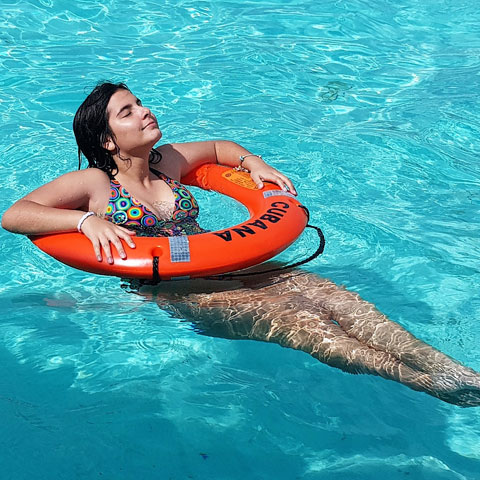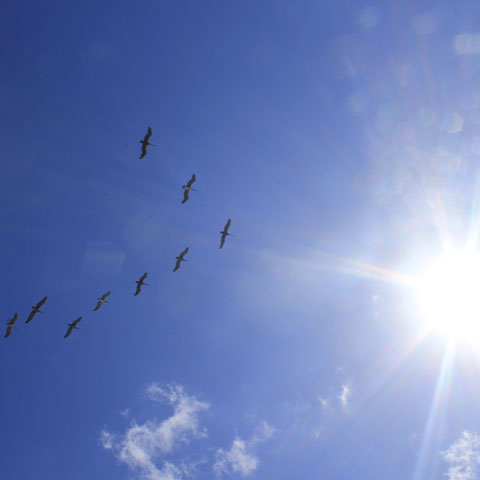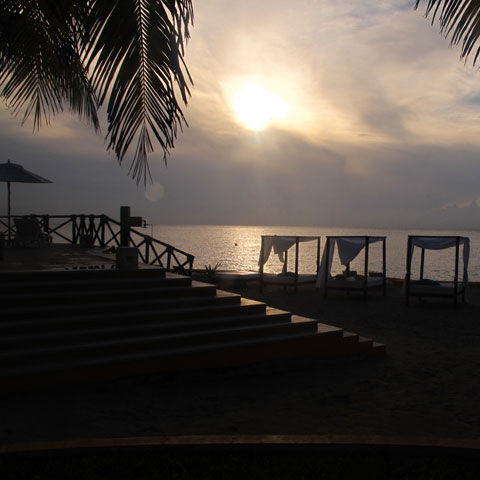Cozumel is famous worldwide for its crystal-clear waters, colorful reefs, and incredible diving opportunities. Often called a diver’s paradise, the island attracts visitors from all over the globe who come to explore its stunning underwater landscapes. Sites like Palancar Reef and Colombia Reef are legendary, but here’s something many travelers don’t know: not all reefs in Cozumel are open year-round.
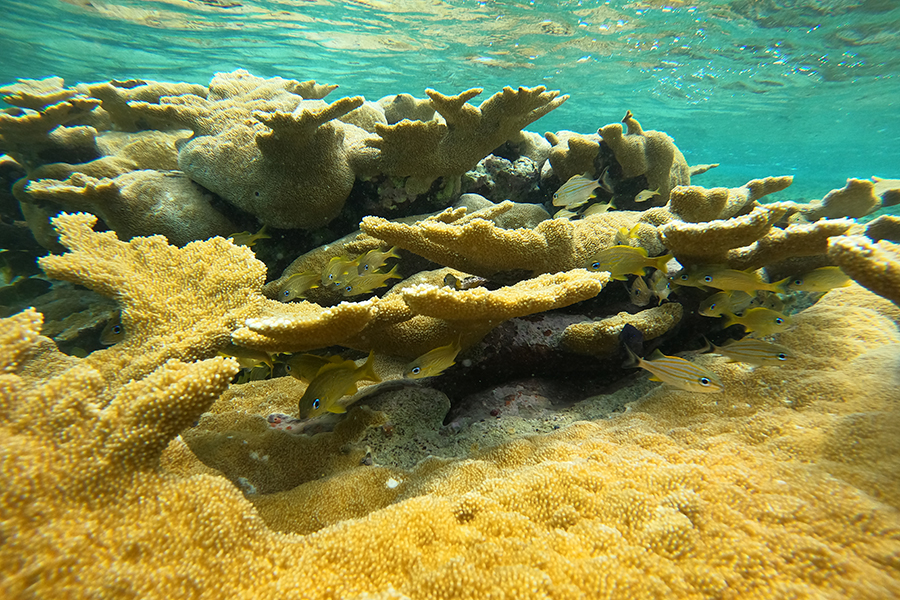
If you’re planning to snorkel or dive in Cozumel, it’s important to understand the reef closure schedule. This guide explains why reefs close, when each closure happens, and where you can still enjoy unforgettable underwater experiences.
Why Do Reefs Close in Cozumel?
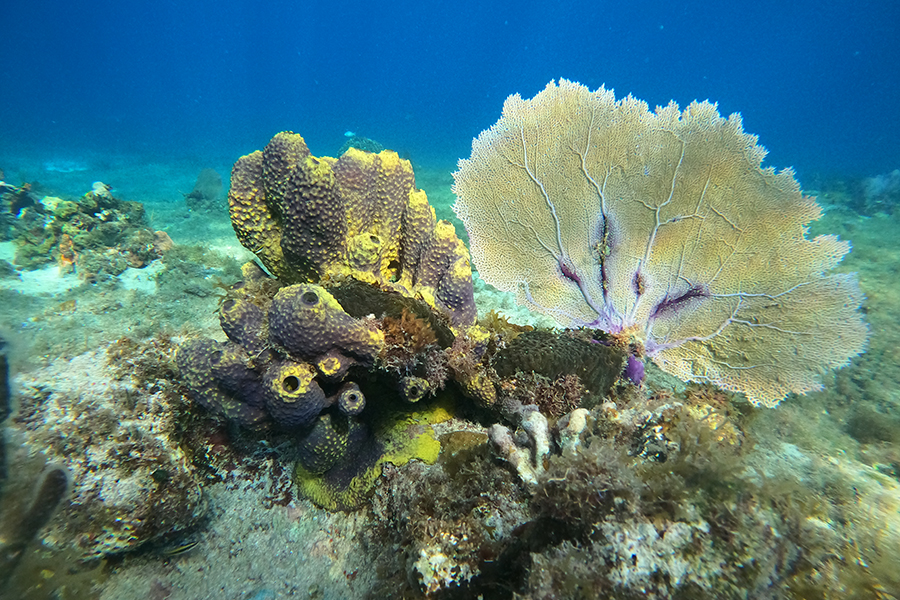
The closures are part of an environmental protection program led by maritime authorities. Cozumel is one of the busiest cruise destinations in the Caribbean, welcoming over 1,200 ships and more than 4.6 million passengers in 2024—plus countless visitors arriving by plane or ferry.
This level of tourism puts immense pressure on the reefs. Think about it:
- Sunscreen particles (even from “reef-safe” brands) can clog coral pores.
- Boat traffic creates noise, gas emissions, and physical disturbances.
- Divers and snorkelers, even when careful, add to the strain on marine life.
To protect these fragile ecosystems, authorities rotate closures so reefs can recover and regenerate. This system helps ensure that Cozumel’s reefs stay healthy, vibrant, and sustainable for future generations of divers and snorkelers.
Cozumel Reef Closure Schedule
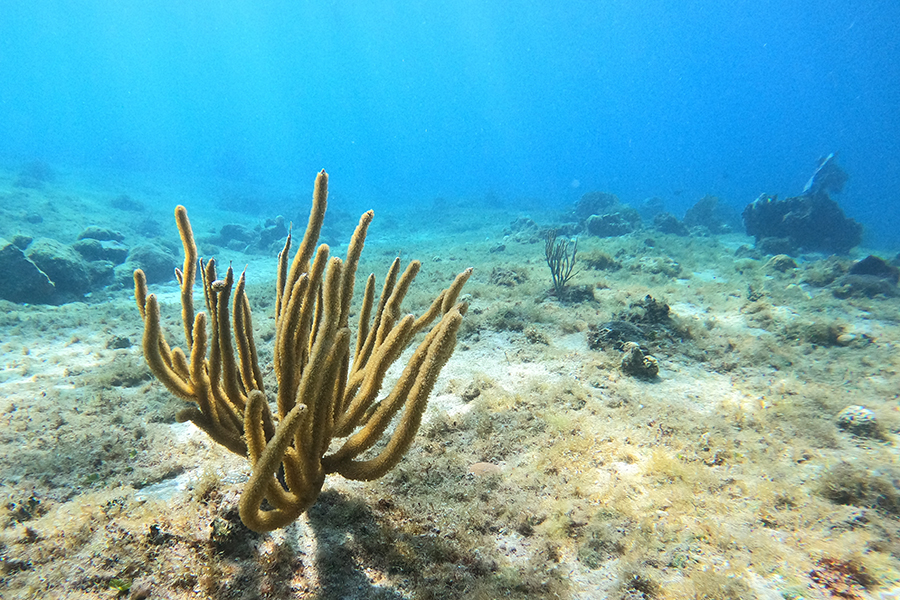
Here’s a month-by-month breakdown of when specific reefs are closed:
- December & January
- Chankanaab Reef
- Chankanaab Bolones Reef
- February & March
- Cedral Wall Reef
- Cedral Reef
- Francesa Reef
- April & May
- Dalila Reef
- Palancar Jardines Reef
- Palancar Herradura Reef
- June & July
- Paradise Reef
- Low Paradise Reef
- August & September
- Palancar Cuevas Reef
- Palancar Ladrillos Reef
- Colombia Somero Reef
- Colombia Intermediate Reef
- Colombia Deep Reef
Knowing these dates in advance will save you from disappointment if you arrive eager to visit Palancar Reef or Colombia Reef, only to find out they’re closed for protection.
Where to Snorkel and Dive in Cozumel Year-Round
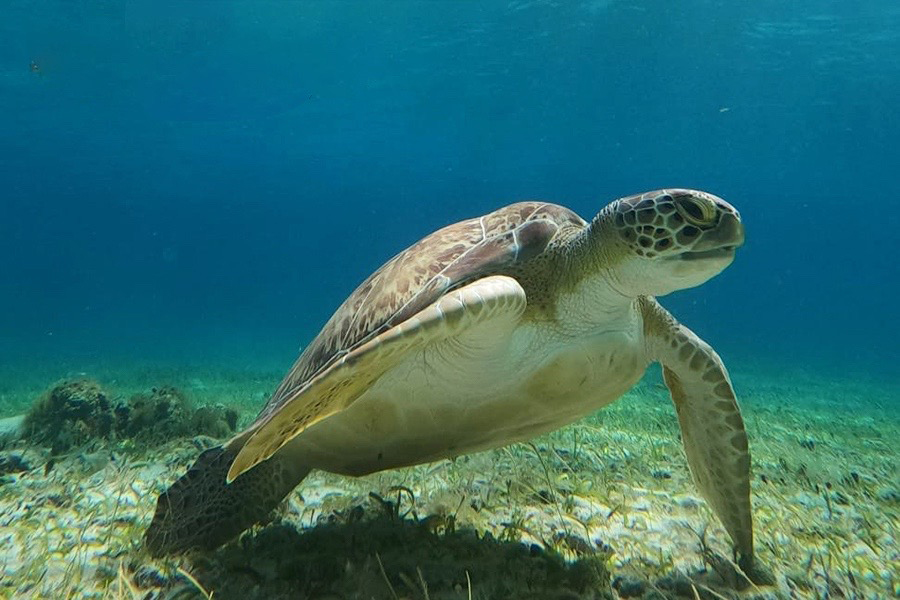
Even with seasonal closures, Cozumel always offers incredible options for underwater exploration. Some reefs remain open all year and are well worth visiting:
- Dzul-Ha Reef – Easy to access from shore, close to cruise terminals, and great for snorkeling. If you’re lucky, you might spot a nurse shark or sea turtle.
- Yucab Reef – Known for its colorful sponges and schools of tropical fish.
- Santa Rosa Wall – A breathtaking drift dive with dramatic coral formations and impressive drop-offs.
These sites ensure that no matter when you travel, you’ll have the chance to experience some of the best snorkeling and diving in Cozumel.
Tips for Planning Your Snorkeling or Diving Trip
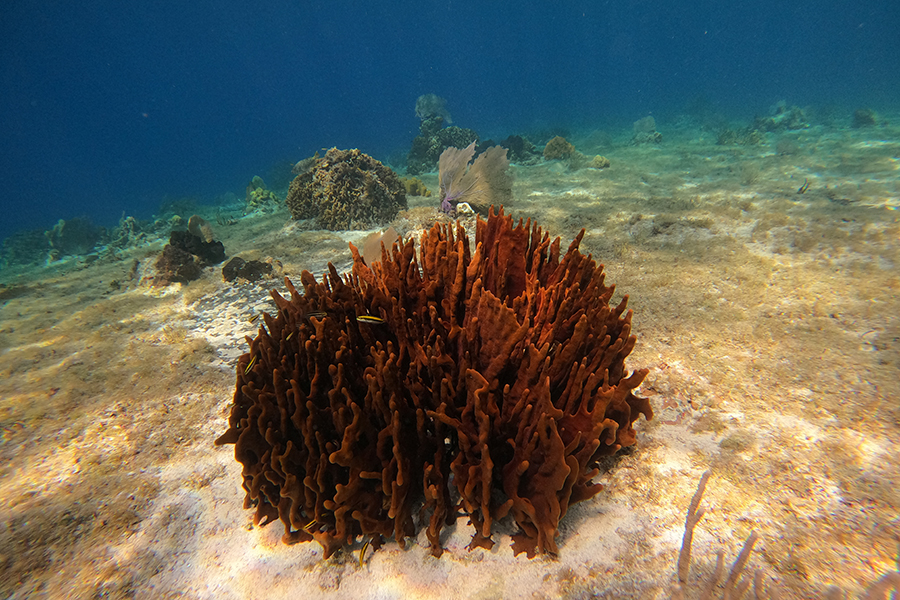
- Book online, avoiding side offers that may promise tours to closed reefs. Licensed dive shops and tour companies follow regulations and prioritize reef health.
- Use eco-friendly practices, skipping sunscreen before diving or snorkeling, or using long-sleeve rash guards for protection.
- Stay flexible if your dream reef is closed. Remember Cozumel has dozens of equally amazing sites open at any given time.
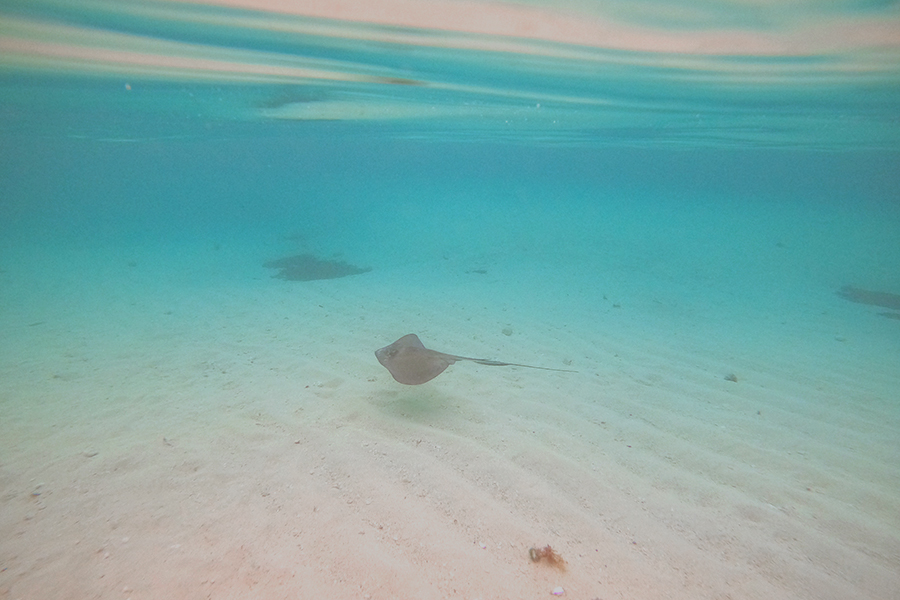
Cozumel’s reefs are among the most beautiful in the world, but they’re also fragile treasures that require care. By respecting reef closures and choosing sustainable operators, you’ll not only enjoy a spectacular underwater adventure but also contribute to the long-term health of the island’s marine ecosystem.
By Bee Díaz






